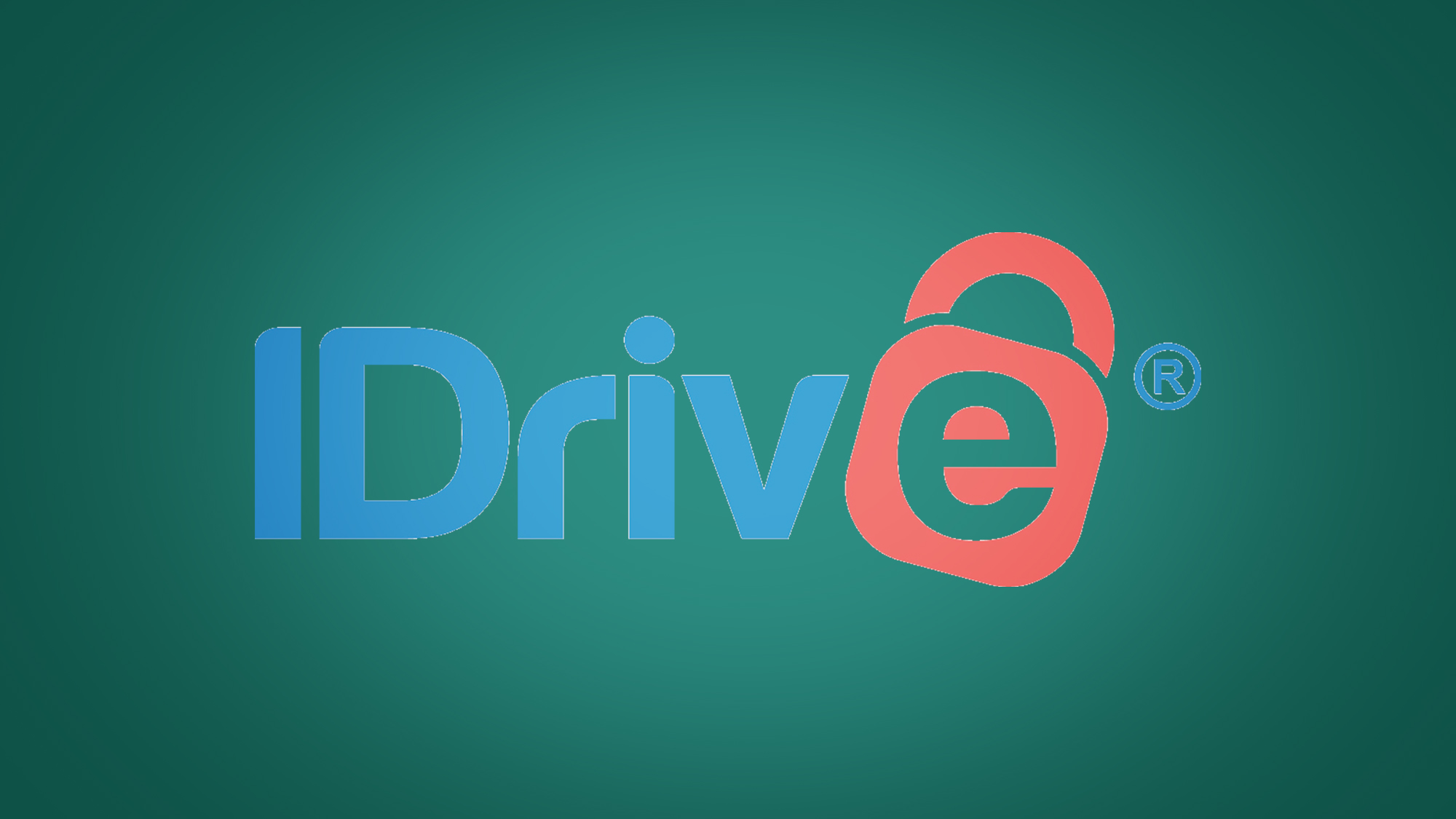Google Drive vs iCloud Drive : Which is best?
Struggling to make the decision between iCloud Drive and its key rivals? We pitch it against Google Drive in this head-to-head

If you’re looking to store data like documents and photos online, chances are you’ll be looking to fund the best cloud storage solution. Companies have long relied on expensive in-house servers that can be costly to maintain, while individuals have typically turned to external drives once their own machines are full, but neither promises true access from anywhere.
Two of the most popular cloud storage solutions around are iCloud and Google Drive. But popularity doesn't necessarily mean that either solution is right for your particular needs. We've conducted a detailed Apple iCloud Drive review, as well as a Google Drive cloud storage review to provide cloud users with some added information on both platforms.
Cloud storage drives like iCloud Drive and Google Drive promise this, and more, but which is best? Initially, it would seem like the debate around iCloud Drive vs Google Drive is a complex one. Cloud fans also have to consider what exactly they need cloud solutions for. Do you need best cloud document storage? The best cloud management services? The best free cloud storage service? Or something else? To help you answer these questions and more, we've compared two of the biggest storage solutions in the game - iCloud Drive and Google Drive - to help you decide which is right for yourself, or your company.
iCloud Drive vs Google Drive: Features
iCloud Drive has big boots to fill: it belongs to tech giant Apple, and resides natively on any macOS or iOS device that you buy. Because it’s already integrated into Apple hardware, chances are if you use any of the company’s devices, you will already have experienced how seamlessly it syncs documents between your devices, and while it goes beyond documents to other aspects like contacts, reminders, and calendar entries, it’s the document and photo aspects that we’ll focus on here.
Background syncing happens automatically, and while there is an option to optimize your device’s storage by either downloading all files for immediate access or keeping them in the cloud until you need them later on, we would like to see greater control over things like bandwidth throttling which other desktop clients offer.
If you work from a Windows device, you can download the iCloud Drive software to sync more things. It retains most core functionalities, though some require additional setup, but it’s nowhere near as polished as the macOS version. Tough luck for anybody running an Android device, though - there is no dedicated app and browser access on a mobile is a little more challenging.
From a computer, the browser experience is ultra-modern, slick to use, and includes online versions of the company’s word processing apps Pages, Numbers, and Keynote. These have pieces of software for macOS and iOS, but there’s no Windows or Android equivalent. That said, compatibility in the opposite direction is acceptable: Apple’s software can open Microsoft Office files with only a few compatibility limitations like formatting.
Sign up to the TechRadar Pro newsletter to get all the top news, opinion, features and guidance your business needs to succeed!
Google Drive is another dominant company’s answer to cloud storage, and while many of its functionalities are similar to those of iCloud Drive, it offers a primarily online-only experience.
If you plan on using desktop software like Microsoft Office and Photoshop, it makes sense to use the desktop client which houses files and folders inside your computer’s file management system. It’s a handy piece of software, with decent control for bandwidth throttling and proxy settings.
If you’re going to use Google’s own word processing apps - Docs, Sheets, and Slides - you probably won’t need to download the Drive onto your computer. It’s easier to access Google Drive from a browser, because apps like Docs are only available online (there is no downloadable version). That said, for apps that sit inside your browser, they’re incredibly slick and offer just as many functions as Apple’s own apps.
If you’re part of a business, you’ll appreciate Google’s endeavors to include third-party app integrations, from mind-mapping tools to document converters. Google Drive is also the only one of these two to include business-oriented plans under its ‘Workspace’ subscriptions.
iCloud Drive vs Google Drive: Performance
In an effort to find out which cloud storage solution is best, we compared more than 20 different options side-by-side. One of the tests involved uploading and then downloading the same 1GB test file. Drag-and-dop makes it easy to do this on desktop and browser versions of both of these drives.
Apple managed a sub-six-minute upload, but Google was more than a minute quicker. Similarly, the three-minute download time for Apple was beaten by Google’s minute and a half.
It’s important to understand that these times are based on our own experiences, and are not fully representative of either service. That said, it’s a good indication that places them among some of the quickest drives available, and suggests that there’s no behind-the-scenes throttling.
iCloud Drive vs Google Drive: Support
Apple and Google both have a wealth of online self-help articles that extend beyond their respective cloud drives into other aspects of their businesses, so getting access to basic troubleshooting should be easy.
All Apple customers also get live chat and phone support, which is great for when you need real-time answers. Access to the chat service can either be found on a browser, from the iOS Support app, or from inside iMessages.
Google only offers email, phone, and live chat support to its paying customers, but considering any serious users will need more than 15GB of free space, this will probably include a large number of users.

iCloud Drive vs Google Drive: Pricing
As mentioned above, there is no iCloud Drive business plan, however, if you’re a personal user stuck deep in the Apple ecosystem, there are some opportunities to save some cash.
The 5GB free tier is just a third of the amount of space you get with Google, which leaves users wanting more and ultimately subscribing to one of the iCloud+ plans. They offer 50GB, 200GB, and 2TB, for $0.99 (£0.79), $2.99 (£2.49), and $9.99 (£6.99) per month respectively.
They also include iCloud Private Relay (which is designed to slightly obscure your browsing locations), Hide My Email (for creating unique, random email addresses), and the option to use your own email domain. If you use HomeKit Secure Video enabled cameras, you also get access to storage for one, five, or unlimited devices respectively.
Because iCloud Drive is primarily marketed at personal customers, chances are you’re already using one of the company’s devices and may be a subscriber to other services. Apple One comes in three flavors: Individual ($14.95 or £14.95 per month) and Family ($19.95 or £19.95 per month) bundle together either 50GB or 200GB of storage along with Apple Music, Apple TV+, and Apple Arcade, while Premier plans ($29.95 or £29.95) add Apple News+ and Apple Fitness+, along with an upgraded 2TB pot of storage. They represent great value for money compared with individually subscribing to each service, saving up to $25 (£22) per month, however, don’t be tricked into paying for something you don’t need.
Paid Google One plans include either 100GB, 200GB, or 2TB, for $1.99 (£1.59), $2.99 (£2.49), or $9.99 (£7.99) per month, and can all be shared among a total of six users. The two highest plans come with 3% and 10% Google Store cashback, too, while the range-topper adds access to a VPN app for iOS and Android devices. Unlike iCloud Drive, you can subscribe to Google One on an annual basis, with savings of between 16% and 17%.
iCloud Drive vs Google Drive: Our Verdict
For two demographics, the answer is clear cut: if you’re an Apple hardware user the solution is iCloud Drive, and if you’re a Chromebook or Android user Google Drive makes total sense.
But that leaves a large portion of Windows users stuck in the middle. It’s a tough decision that is not made easy by the very similar, competitive pricing. If you’re relying on free storage, Google Drive’s 15GB is among the best in the industry. Similarly, if you don’t have access to Microsoft Office apps, Google’s own free apps make it the service to choose, too. It’s hard to ignore iCloud Drive, which bundles other services together if you have your own iPhone or iPad. Our advice is to calculate exactly which plan you need and how many services you need, and to go for the one that represents the best value for money in your own, personal scenario.
With several years’ experience freelancing in tech and automotive circles, Craig’s specific interests lie in technology that is designed to better our lives, including AI and ML, productivity aids, and smart fitness. He is also passionate about cars and the decarbonisation of personal transportation. As an avid bargain-hunter, you can be sure that any deal Craig finds is top value!
